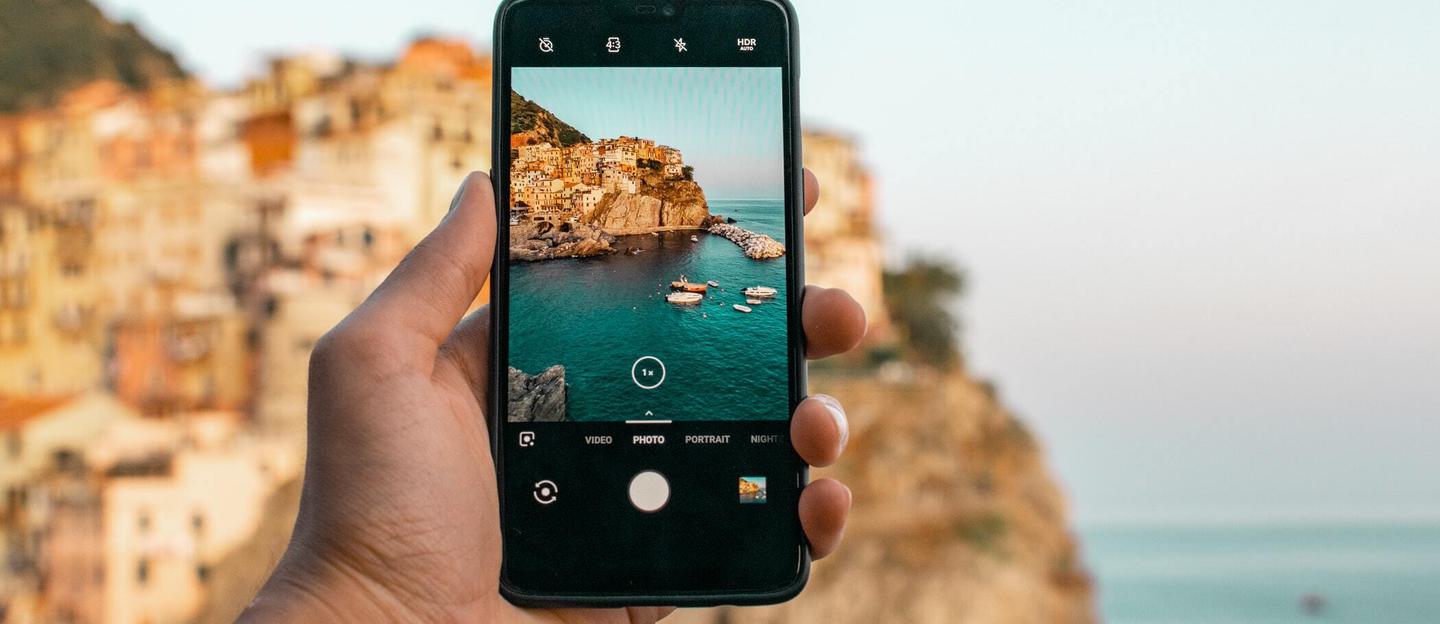What is digital PR?
Let’s start with what digital PR is not. It’s not just online coverage achieved by traditional PR means (this is a mistake many traditional PR agencies and travel brands make when they define digital PR).
It’s also not just link building which is how many traditional SEO agencies define it. It sits at the intersection of both and can have incredible results.
Why does it generate incredible results?
Let’s take a hotel brand. They may come to us and say we want to appeal to families.
So if they want to be found when someone searches for “family friendly hotels” what matters is that Google recognizes them as being relevant for that search. So yes, you can pay for PPC and display ads etc. But that’s expensive – and actually bounce rates in Google Analytics across all hotel websites are much higher when someone’s come to their website via paid activity such as Google Ads. So what matters – and has to be done in conjunction with paid, or even before – is to build visibility organically.
How do you build a travel brand organically?
That’s where digital PR comes in. There are three ways to build a brand organically: PR, SEO and organic social.
But there’s a problem
Traditional PR generates highly relevant mentions and coverage – but it’s difficult to measure. Or at least there are only proxy metrics to measure (clippings, target lists, mentions, sentiment).
SEO and link building tactics on the other hand are measurable, but often the relevancy isn’t considered enough. It’s quantity over quality to the detriment of relevancy. Why? Often the wrong things get measured. Stuff like domain authority, number of links. But where is the relevancy? This is where in the past you’ve seen the worst kind of SEO tactics appear (paying for links – a big no no – and actually against Google’s rules so your website gets penalised. Guest posting is another example of an outdated tactic).
So imagine…..
…you could generate highly relevant links in the areas that you want to rank highly for AND generate a positive, measurable impact on search terms: luxury safari holidays, multi-generational travel, great design for little money, staycations with groups of friends, honeymoons.
Hey presto! This is where digital PR comes in.
So how does it work and what makes a successful digital travel PR campaign?
Digital PR means creating stories that journalists actually want to write about and naturally want to link to (or have to because the story is too complicated to cover in words). By doing so you can drive search value to a travel brand – and measure it.
Every successful digital travel PR campaign has a number of core ingredients:
- linkable asset
- tied to trend or exploding topic
- evokes an emotion
- relevant seed or pitch list
- targetting not just your key customer, but mass audience.
What is a linkable asset?
The purpose of a digital PR campaign is not just to generate coverage, but to drive search value to the hotel, tour operator, travel start up website. How do you drive search value? You make sure the journalist doesn’t just write about your story, but is forced to link to an asset you are hosting on your website – so that you can track and measure the success of your campaign in increase in traffic, sales, highly relevant links.
This means that when we are at the ideation stage of a campaign we need to think of a story that is too complicated to explain in words (and thereby generating just coverage, but no links).
Examples of a linkable asset could be an infographic for a data led digital travel PR campaign:
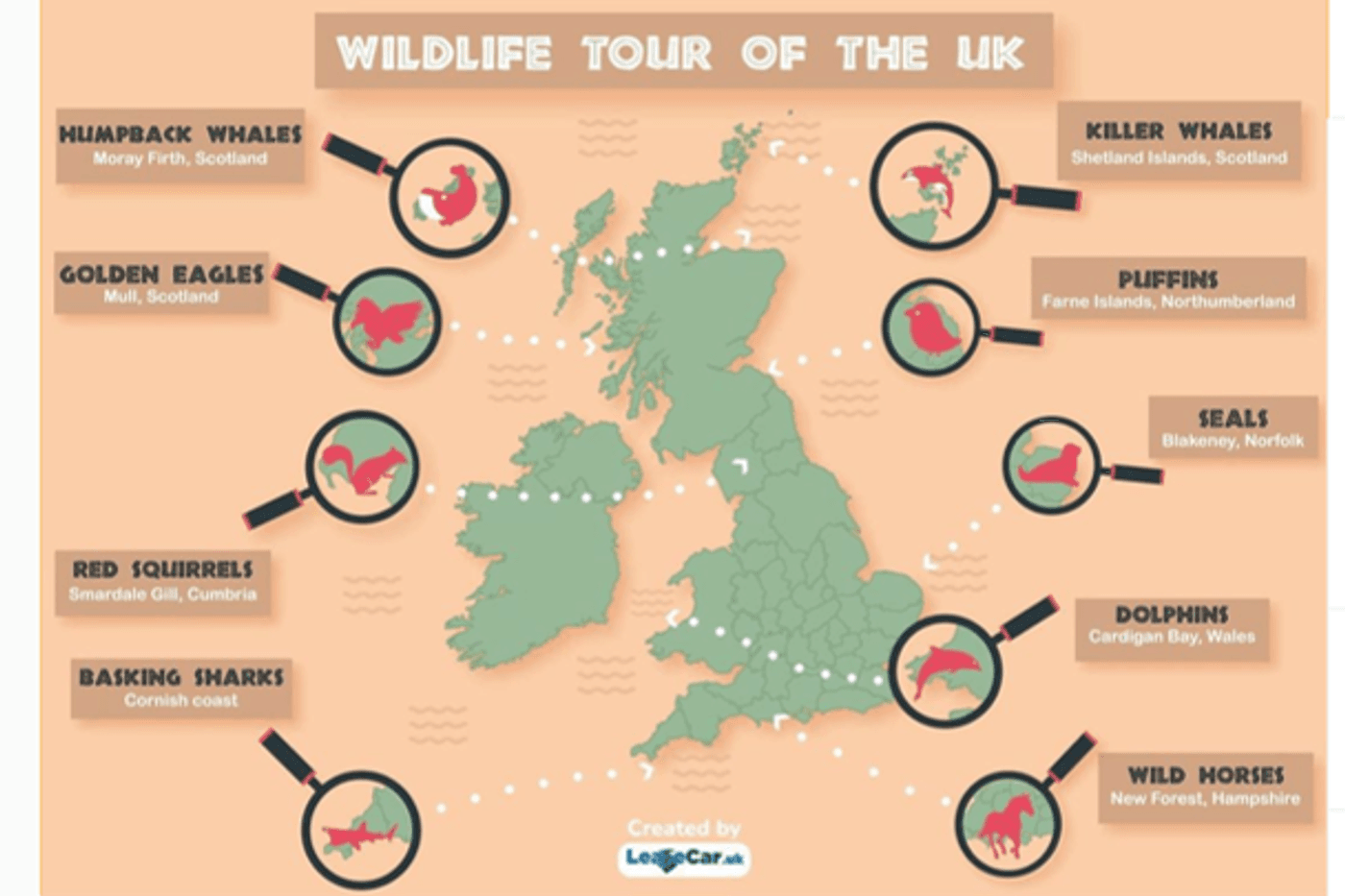
An example: One of our clients wants to have more bookings for their sleep lab that they have at their resort. So we need to make sure that this resort is seen by Google as being relevant for “sleep”. We could just put out a press release – announcing the launch of the sleep lab. That would most likely get us some coverage – but no links. Instead we looked at publicly available data on sleep from YouGov, Statista and recent medical journals.
We then pivoted the data and worked out how much sleep Brits have lost since the start of lockdown a year ago. We found out that on average since the start of lockdown Brits have lost 5 nights of sleep. We also found out that the worst sleepers are women, aged 64-69 and are based in Wales. From that we developed a linkable study and put it on the sleep lab landing page of the client. Which brings me to point 2.
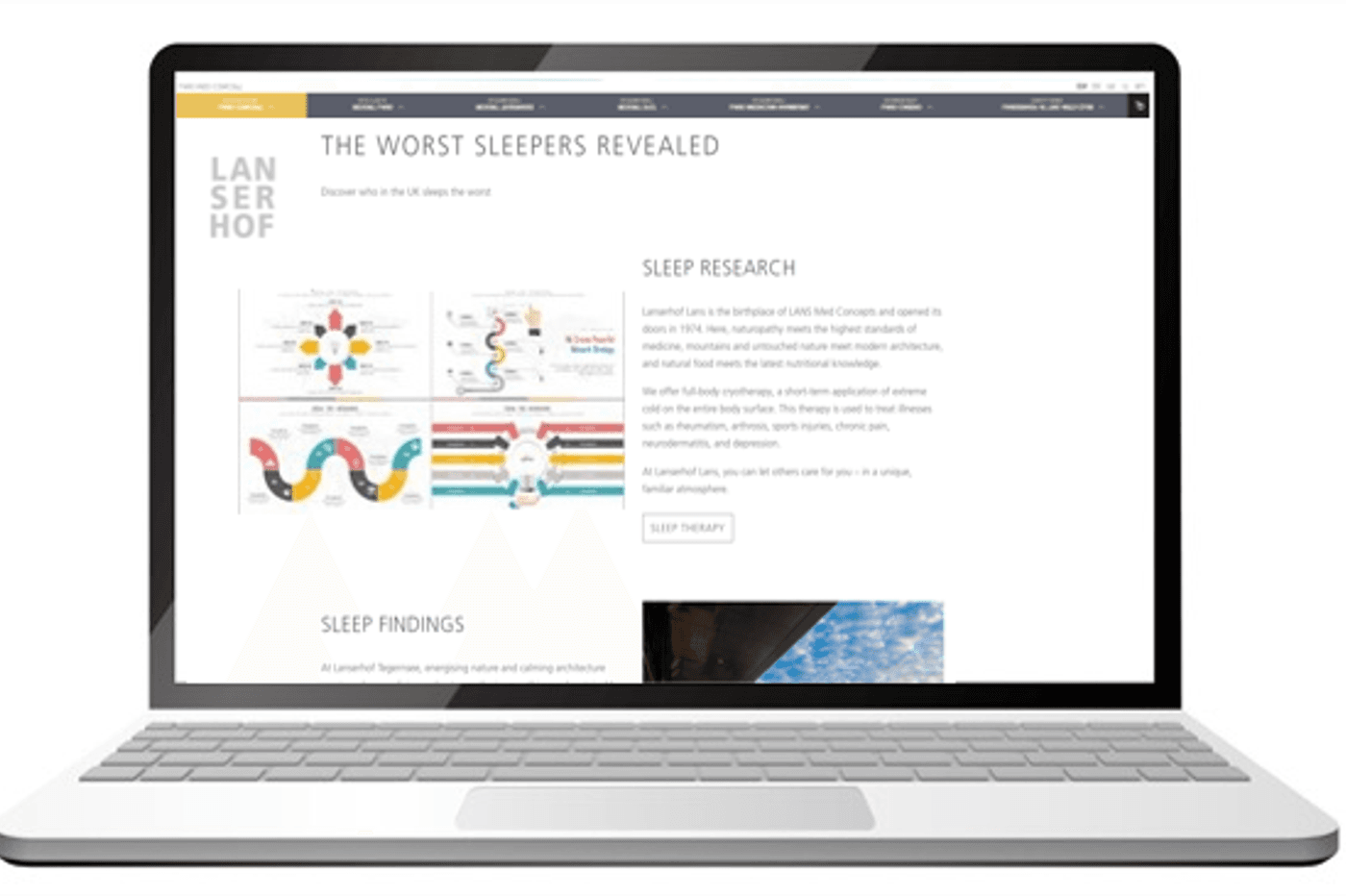
Every successful digital travel PR campaign needs to be linked to an exploding topic
In the case of the sleep lab the thing that everyone is talking about right now is Covid and how it’s impacted our sleep patterns. How did we know? Firstly, just common sense. But sometimes it’s not that obvious. So how do you unearth exploding topics before they even surface in the media? We use a couple of different tools such as Google Trends, Buzzsumo, Answerthepublic and Explodingtopics.com.
Evokes an emotion
Happiness, fear, shock, surprise. Some people might rubbish this as PR fluff, but we know that people don’t buy features. They buy something because it evokes an emotion in them. Because it solves a problem that they have (“bad sleep”). They talk about things with their friends because these things have evoked an emotion. There’s a reason why nobody talks about accountancy spreadsheets in the pub!
Appeals to a wider audience than just your core customer
Unlike journalists, travel brands tend to be obsessed with a new package they’ve just launched, the new swimming pool. In other words they are obsessed with what THEY are all about and what they want to sell to a potential traveller and customer. Journalists work in exactly the opposite way. They will write about what is of interest to their readers. So what happens is that brands tend to look from the inside out (what package, tour, product etc do I want to sell).
If you want to be good at digital PR and content marketing you need to invert the triangle and start with the audience first, you need to become customer centric. As a side note:
Brands that are truly customer-centric are also 60% more profitable (source: Deloitte).
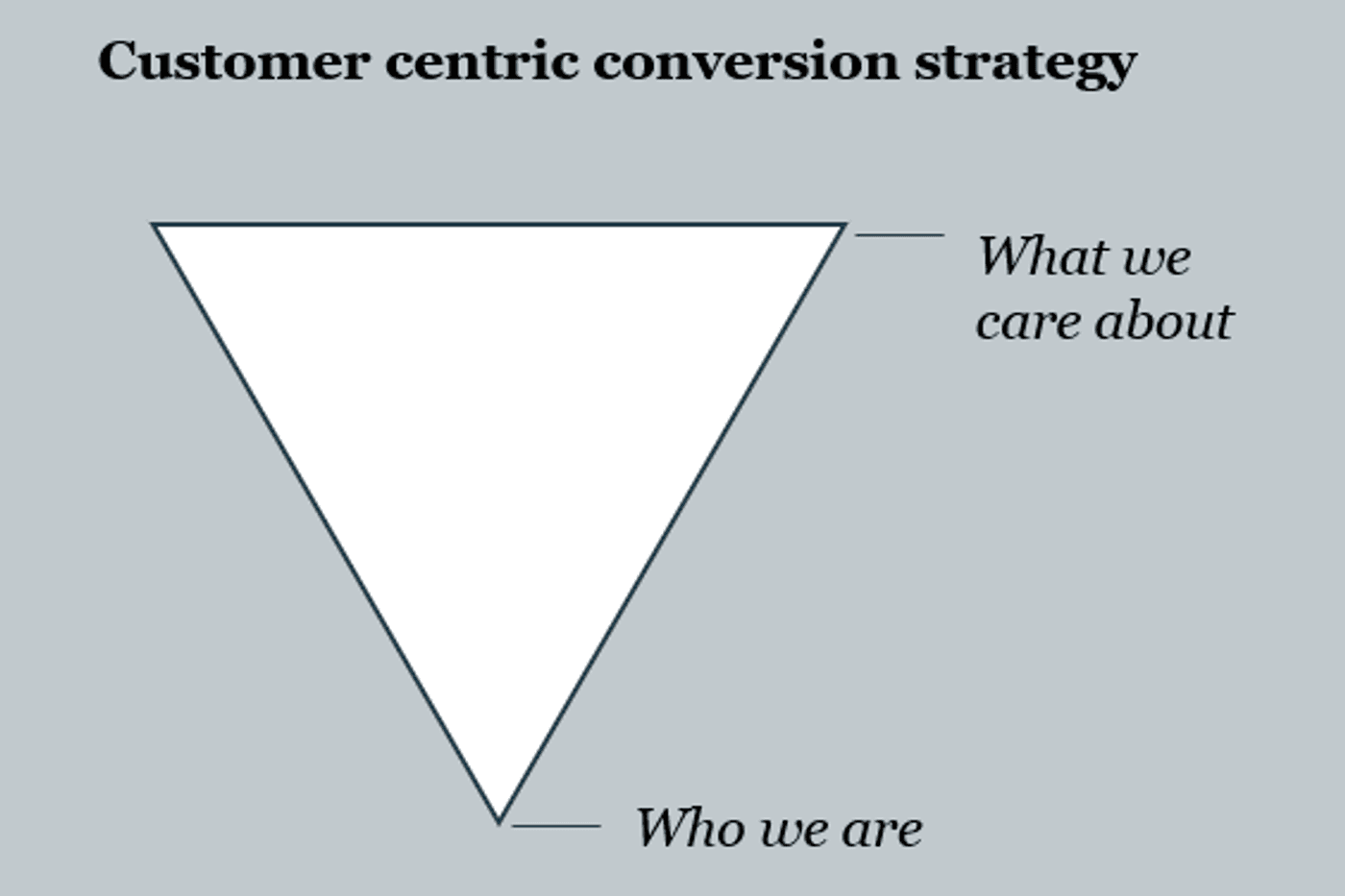
What the audience is interested in is the story that the journalist, blogger, influencer will cover. And in fact it is what will go viral on social media. Not the other way round. Have you ever seen a story on a new hotel swimming pool go viral?
Where a digital PR campaign or good content strategy begins to sing is when a brand finds the sweet spot between audience interest and brand interest.
Which brings me onto the final point – relevant seed or pitch lists.
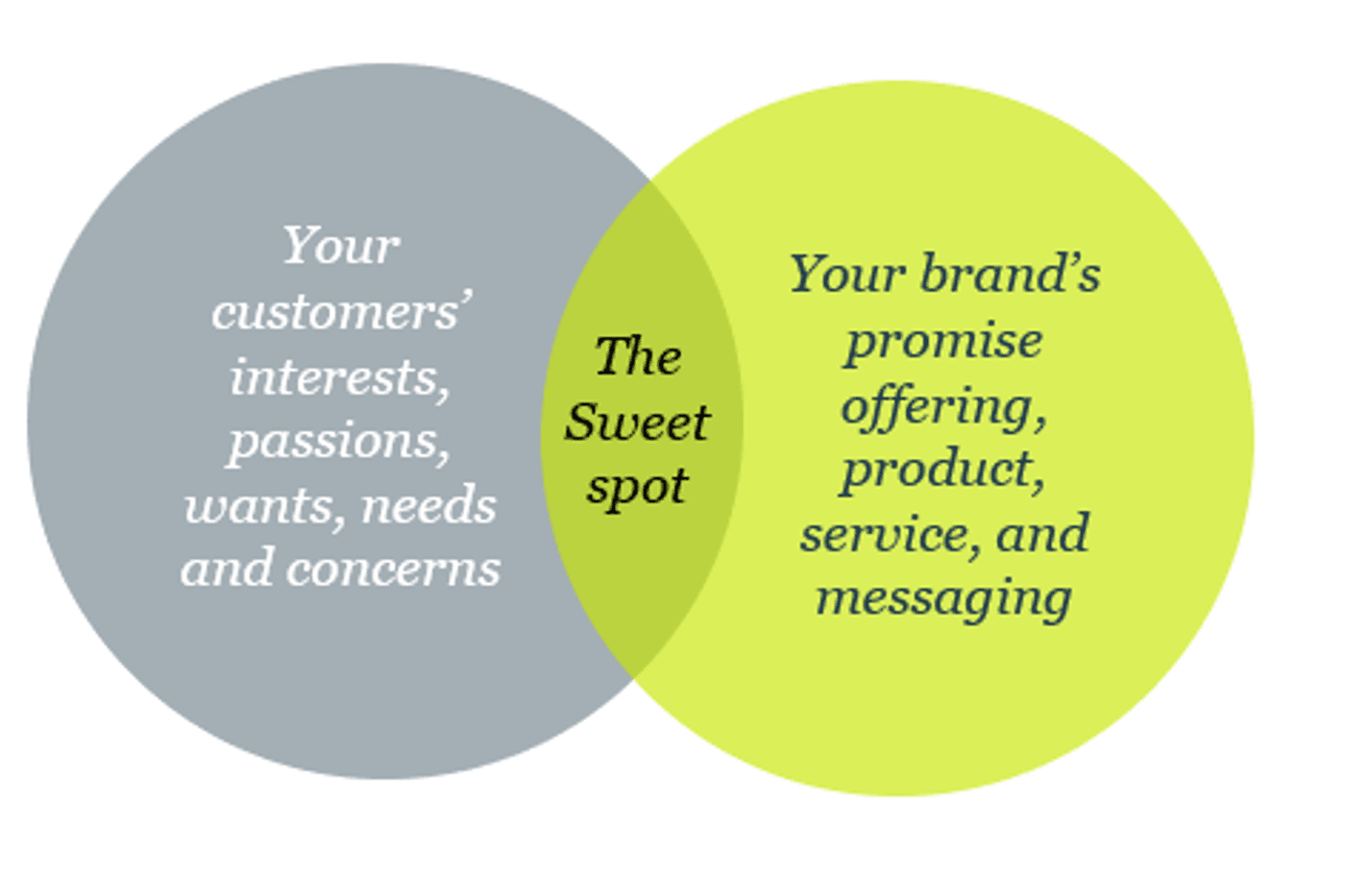
Relevant seed lists?
Traditional PRs are very good at finding publications that are highly relevant. But they don’t target the masses enough. Which means we often spend days and days on personalised pitches in order to obtain clippings. SEOs on the other hand are very good at looking at number of links and variety of those links. But they focus too much on number of links and domain authority, which means it’s quantity over quality. The relevancy of links for the customer gets lost. And because of that neither are able to hit the sweet spot in isolation.
So how do you find the sweet spot for a travel brand when it comes to seed lists or pitch list?
Domain authority is important – to the extent that it indexes how authoritative or trustworthy Google perceives that news website, publication, blog post etc to be. But what is more important is to know which sites our audience actually reads and is influenced by.
So when we put together seed lists we need to know firstly “where do journalists go to unearth stories”. More often than not we have found it’s forums, social media and chatrooms like Reddit or Tyla. So consider seeding there first. Then have tailored seeds lists for all verticals and publications that are relevant to the story – good places to find out which sites to focus on are Roxhill, AHrefs, Gorkana, Travmedia, SparkToro, Buzzfeed, Majestic & Semrush as well as Global Web Index.
And now go off and pitch that story!
So does that mean I should now throw traditional PR and SEO out of the window? And should I stop advertising on Google?
No! All of these tactics have their place in the customer journey – but you need to know which strategy to deploy to deal with a challenge that you have. Whether that challenge is to raise brand awareness, to build links, to impact search, to drive low season bookings. Always start looking at the audience first and then decide which strategy, which tool, which channel is right for that audience. We’ve learnt that you need to have a good basic understanding of how each of these tactics work and which one to deploy best to tackle a specific challenge or problem that a travel brand has. The best marketing strategies combine all of the above – but a campaign begins to sing when you combine them with a clear goal in mind.

